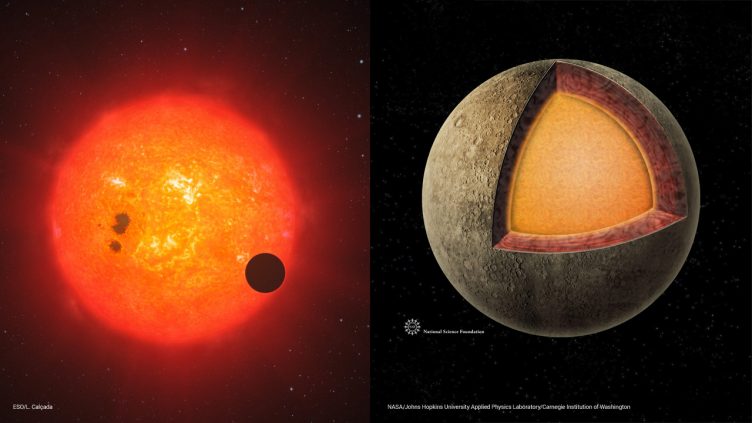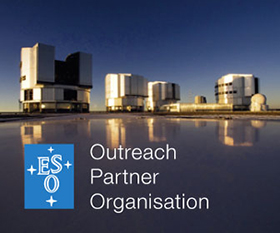It is very similar to Earth in size, but has two and half times the mass of our planet, which makes it after all much denser and, in its global composition, more resembling Mercury.
A planet discovered at a distance of 340 light-years might clarify the peculiarities of the Sun’s nearest planet, according to a paper published today in Nature Astronomy and authored by an international team including nine researchers from the Instituto de Astrofísica e Ciências do Espaço (IA).
Planet K2-229 b grabbed the attention of the team for its size very similar to Earth’s. However, its metallic core should make up 68% of the mass, comparing to less than one third in the case of our planet. This result wouldn’t be expected considering the chemical composition of the parent star, says Vardan Adibekyan (IA and Universidade do Porto), one of the authors of this study and who contributed to the chemical characterisation of the star K2-229.


